We have this saying in Italy, paese che vai usanza che trovi. It means: when you visit a village, you find a new habit, and this is true also for Easter food in Italy. As you may know, if you have been to Italy or know something about Italian food, the same applies to our kitchens, especially on special, traditional occasions. Easter is certainly one of them. See more about Easter in Italy!
Easter in Italy and its most delicious Easter dishes
Again, culinary Italy is divided by habits, but always unified by its delicious dishes!
Some dishes on an Italian Easter table have regional origins, but many transcend regions and areas to be truly national. Let’s begin by taking a look at the food at Easter in Italy!
(Pic Credit)
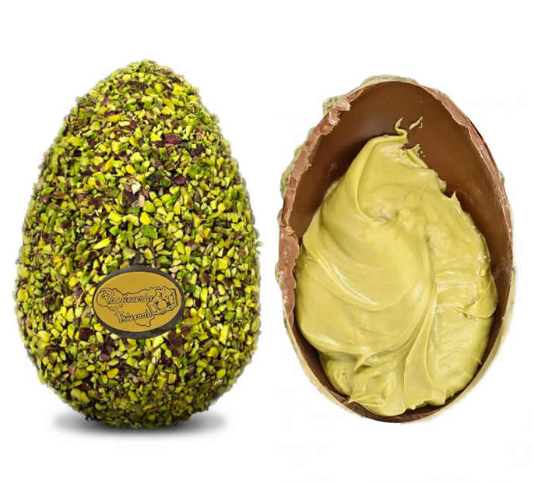
The dishes we all cook at Easter in Italy
A typical Easter food in Italy, on the table of almost every Italian family on Easter Sunday, is lamb. Agnello, or “abbacchio” as it is known in Rome, is traditionally cooked all over the country on Easter. It is a dish pregnant with meaning, as it symbolically recalls the religious symbol of Christ. In truth, the association of lamb with religious celebrations is older than Christianity, as its use was already described in the Old Testament, where the lamb was chosen as the meat to be consumed by the Jewish people on Passover. To the Jewish community, the lamb embodied (and still does) the sacrifice offered to God by His people before leaving Egypt.
As previously stated, Christians adopted this ritual tradition and transformed it into a symbol of Christ’s sacrifice for humanity.
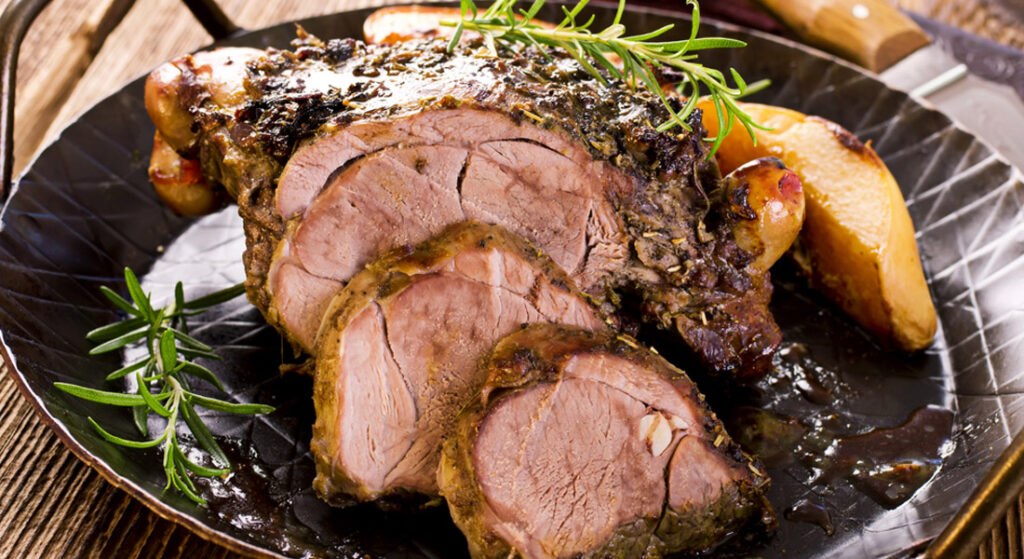
Lamb is usually roasted, often with carrots and potatoes, flavored with rosemary and laurel, but is also often cooked as a stew with vegetables. Very popular are also lamb dishes accompanied by artichokes, which are popular Spring vegetables in many parts of Italy.
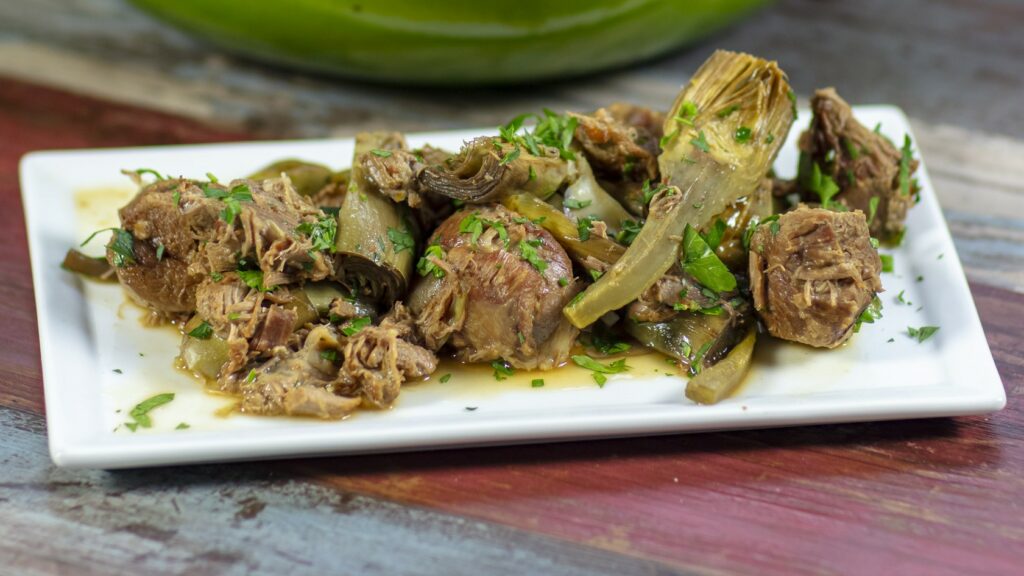
Pasta dishes
More varied are the options for Primi (pasta dishes). If you decided to spend Easter in the North, you will very likely be served Tortellini in brodo, Ravioli, or Lasagne.
Tortellini in brodo is a relatively light dish. It consists of fresh meat (or often prosciutto) tortellini, boiled and served in a freshly made vegetable or meat or vegetable broth, and lashings of delicious grated Parmesan.
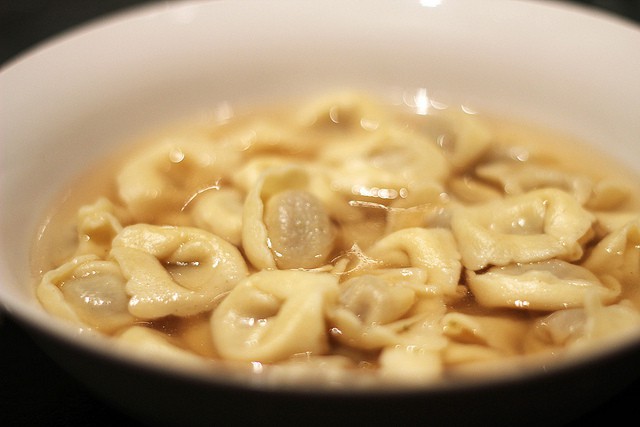
Ravioli are often made fresh at home and dressed with meat sauces or with butter, sage, and Parmesan.
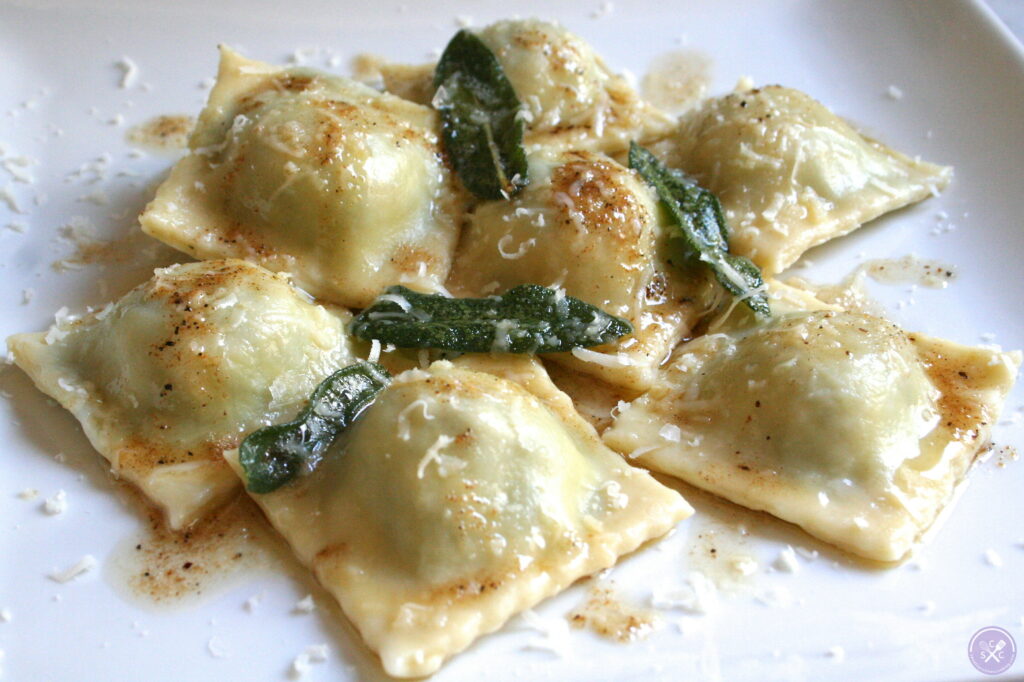
Lasagne is a very popular choice for Emilia Romagna’s family.
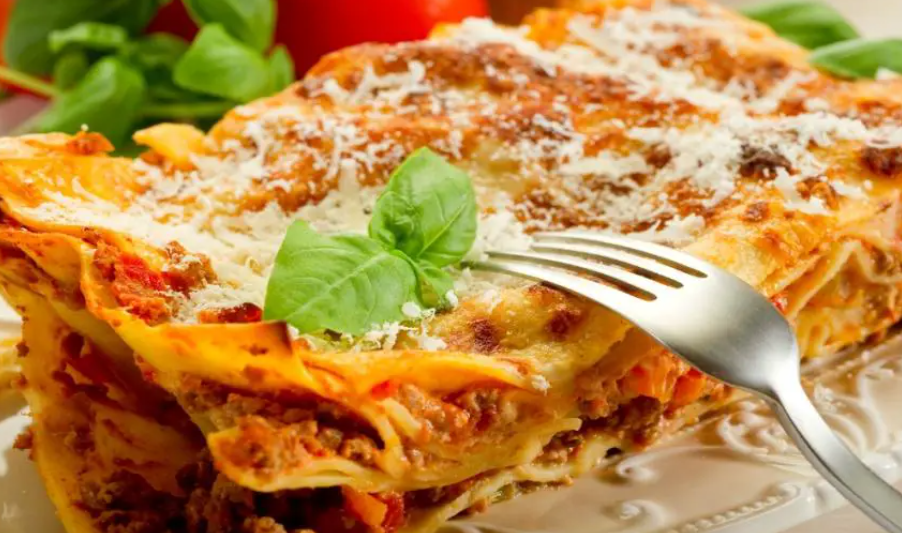
Easter in Italy in the central and southern regions
If, on the other hand, you are about to celebrate Easter in the Center or the South of the country, you will enjoy pasta dishes with tomato-based sauces, often flavored with lamb meat. Of course, Easter wouldn’t be Easter without the ubiquitous eggs, the epitome of Easter food in Italy. We are not simply talking about the large, chocolate eggs you find at the baker’s or in supermarkets, though. Popular all over the country are also smaller eggs, pretty much of the same size as a real hen egg, made with dark chocolate and covered in candied sugar glaze. These eggs are often made with thicker chocolate and can be bought for a couple of dollars each in coffee shops and corner stores. They come in every color and, sometimes, you can buy them in real egg boxes, in batches of six.
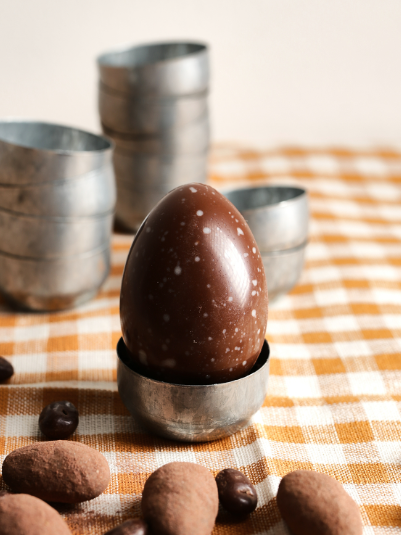
These eggs were already popular in the early 20th century. My grandmother, class 1917, used to tell me how, when she was a child, her mother would always buy them for her and her brother, and hide them among real eggs (their sugar covering was not colored at the time, but white) so that the children wouldn’t find them and eat them before Easter morning. In truth, she would remember with a smile (and also with a slight hint of disgust at her action!) she had the habit to go check all the eggs by licking them one by one until she would find the sweet one…
Colomba
Colomba is another staple of Easter in Italy. Similar in ingredients to panettone, it’s covered with a hazelnut or almond glaze (which is usually everyone’s favorite part). They are easily found in supermarkets, but if you want to try something really delicious, you should get a fresh one from the bakers. Fluffy and buttery, Colomba is usually enriched with raisins and candied fruit, even though Colomba with chocolate or vanilla cream is not uncommon. In Sicily, you would be able to find a delicious variety made with Pistacchio.

Easter Traditional Food Region by Region in Italy
Pastiera
Pastiera is one the most delicious cakes out there and is commonly made in Campania, parts of Calabria, and southern Lazio. This rich, sweet cake is prepared with sheep ricotta, candied citruses, and “grano cotto,” cooked wheat, poured in a base of shortcrust pastry. It’s often flavored with orange blossom water, or vanilla, cinnamon, and orange peels.
Grano Cotto is probably the most interesting of pastiera’s ingredients. It’s simple wheat cooked in milk, but it’s usually bought ready-made and canned, a bit as it happens in the US with the pumpkin for Thanksgiving’s pumpkin pie. Pre-cooked Grano Cotto is not easy to come about in many areas of Italy, especially in the North. For this reason, many substitute wheat with barley, which needs to be soaked in water overnight and then cooked in milk for 30 minutes.
Mind though: pastiera purists may not be happy with the variation!
Origins of Pastiera
Literature helps us to pinpoint the period pastiera that appeared on Neapolitan tables: the 1600s. It’s mentioned in the narrative of La Gatta Cenerentola by Giambattista Basile, a baroque writer from Campania, known for having been the first to use fables as a form of traditional literary expression. The origins of pastiera are truly fabulous: according to the legend, it was Partenope the nymph, mother of the city of Naples, to create it. More prosaically, the dish may have found its roots in the contemplative Christian tradition of Naples, as it used to be typically made by nuns in convents. Famous was, for instance, the pastiera made in the convent of San Giorgio Armeno (yes, the same area famous for the Presepe).
People in Naples usually prepare it on Holy Thursday or Holy Friday to be consumed on Easter Sunday, even though today you can find pastiera in Neapolitan bakeries all year round. Give it a try: it’s one of the most fragrant, full-bodied, and delicious cakes I’ve ever had. A small slice will suffice, though, pastiera is famous for many things, but its lightness is not one of them!
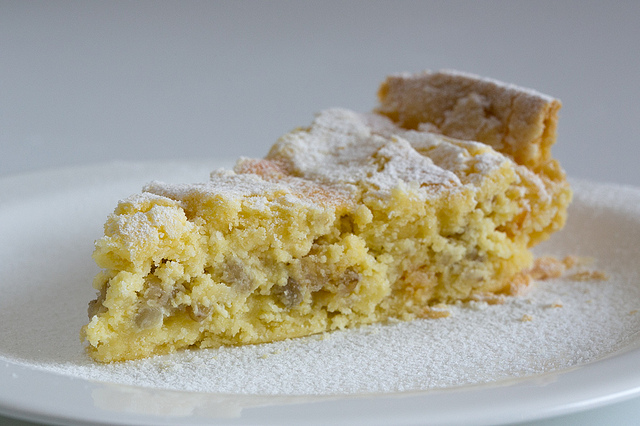
Casatiello
When it comes to Easter food in Italy, Naples is Queen. Casatiello is another typical dish hailing from Naples. It’s a large donut-shaped savory cake, made with bread dough, Scamorza cheese, pancetta, lard, Grana Padano, pecorino, and Salame. It symbolizes Christ’s crown of thorns, the latter represented by eggs laid on top of the “Ciambella.” Just as in the case of pastiera, it’s thanks to La Gatta Cenerentola by Giambattista Basile that we’ve managed to learn Casatiello was already known in Naples in the 17th century.
While researching this article, I came across recipes for a sweet version of Casatiello, made with dried fruit and condensed milk, and it does look nice. Although not traditional, it may be worth a try!
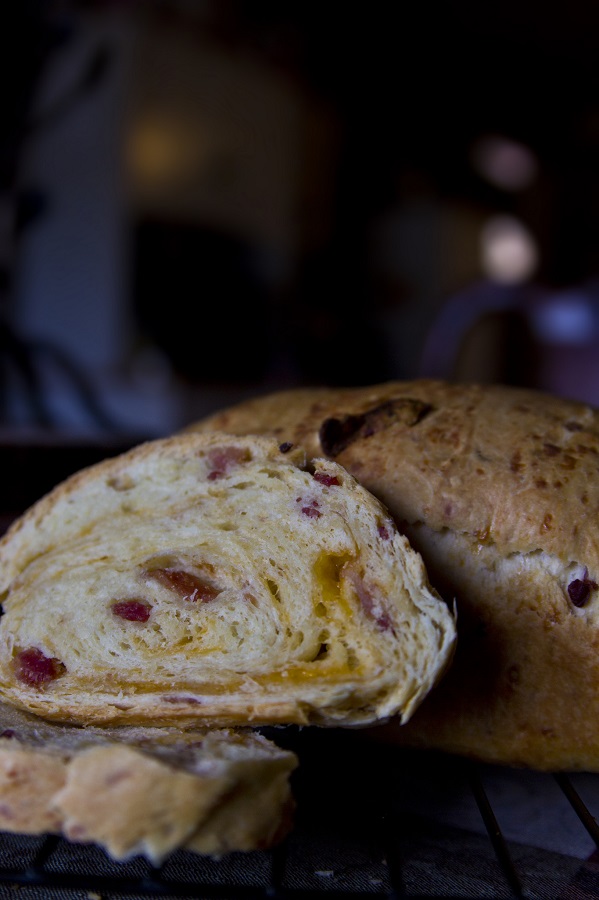
Sciusceddu
Sciusceddu is a typical recipe of Messina prepared for Easter. Beef meatballs are boiled in meat broth, covered with a mixture of sheep ricotta and egg, then baked in the oven. The final result is similar to a soufflé. As it always happens in Italy, where recipe variations are common and widespread all over the country, some prefer their Sciusceddu not baked, but rather cooked in a pan, where the ricotta and egg mixture is added directly to the meatballs and their broth.

Torta Pasqualina
Easter food in Italy also takes the shape of torta pasqualina, a dish I am well familiar with. It’s typical of Northwestern Italy, and of Liguria and Piemonte in particular, just where I am from. Tradition has it associated with the Genoa area, but its spread throughout Liguria and Southern Piemonte is widespread. A “torta pasqualina” is also made in Lazio.
The dish, just as pastiera, is a registered P.A.T. (Prodotto Agroalimentare Tradizionale, a traditional agro-culinary product). Torta Pasqualina consists of several layers of a very thin dough made with water, flour, and olive oil, in which a savory mixture of ricotta, chard (known as “erbette” in Liguria and Piemonte) artichokes, and peas are poured. Sometimes, it can be made with spinach, too. Typical of it is the presence, within its filling, of full eggs, which are cracked on top of the filling mixture, then baked in the oven.
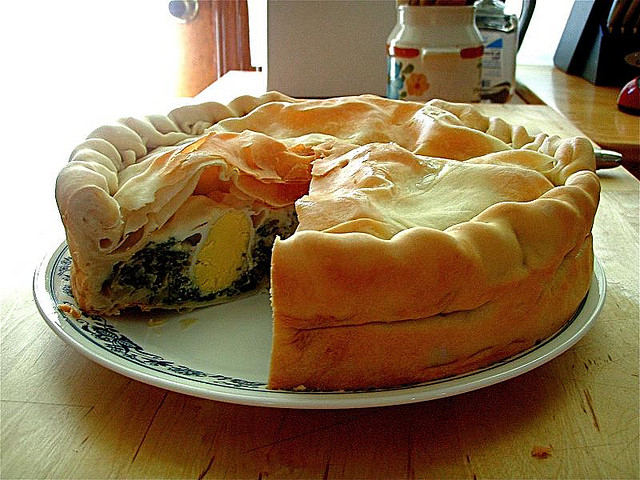
Torta Pasqualina is the apotheosis of Spring’s bountiful harvest. All of its ingredients are seasonal, genuine, fresh, and it’s usually served on Easter Sunday, although it is also often consumed cold on Pasquetta (Easter Monday), which is typically spent out and about with family and friends, enjoying the first picnics of the warmer season.
By definition, a torta Pasqualina can become a piece of creativity, as ingredients can be added or swapped. My grandmother, for instance, used to add boiled rice to the vegetables, eggs, and ricotta mixture.
Ciambelle di Pasqua
Easter Ciambelle is large, sweet dough donuts traditionally made in the South of Italy for Easter. Lemon zest and aniseed liqueur are used to flavor a slow risen bread dough, which is twisted in the shape of a circle, to which eggs are added. The Ciambella is then baked.

Traditionally, eggs have been associated with Easter in Italy, as their presence in so many of the recipes described here bears witness to. A true symbol of Easter food in Italy, eggs are a symbol of life and rebirth, and even giving eggs as a present has been considered a sign of good wishing and happiness for endless time. The Persians, well before the coming of Christianity, used to do it, and so did the Egyptians.
The Persians even had the habit to decorate eggs, just as we do today for Easter. Christians began to associate eggs with Easter in the Middle Ages when Lent became a period of complete abstinence from all foodstuff of animal origin: for this reason, eggs were often kept and decorated, then blessed on Easter Sunday, to mark the end of the abstinence. It is easy to see, then, how eggs make it so often within traditional Easter recipes, not only as an ingredient, but also as a form of decoration, as it happens in the case of the Ciambelle di Pasqua, but also for Casatiello.
I remember my grandparents telling me they used to get, as children, “Cestini di Pasqua“, little bread baskets baked around a single egg, which looked as if in a wicker basket.
In conclusion
Easter remains one of Italy’s main festivities, its relevance is also shown by the variety and wealth of the cuisine related to its celebration. Each region has specific delicacies for this time of the year, which today, also thanks to the easing of communication and the fact Italians tend to move around within the country a bit more, are known in every area. Many of these dishes are also very much a culinary mirror to the beauty and wholesomeness of Spring, the season when Easter always falls.
If you decide to visit around Easter time, looking forward to some unforgettable food to sample, then you’ll be lucky: no matter where you end up, an Italian Easter table is always ready to fill your eyes with beauty and your stomach with goodness, leaving you with a big smile on your face. So these are the highlight of food for Easter in Italy!
Francesca Bezzone – Edited by Francesco Paladini

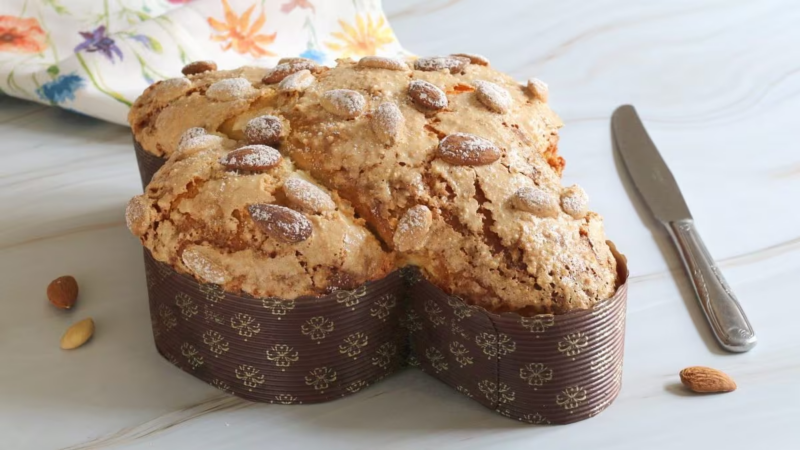


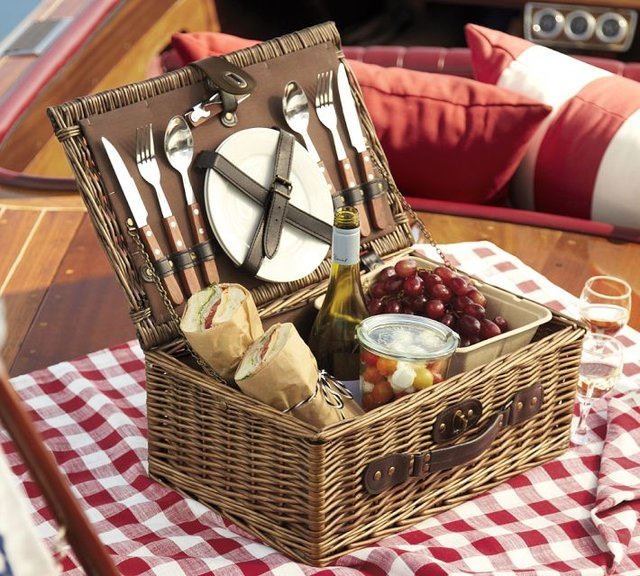
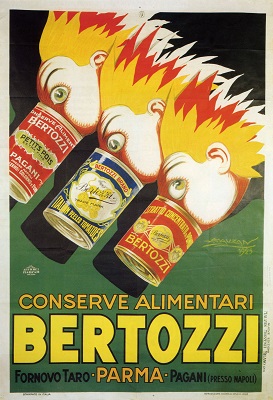







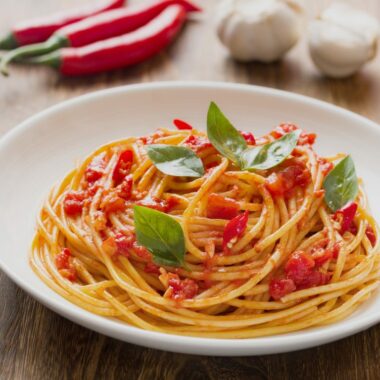
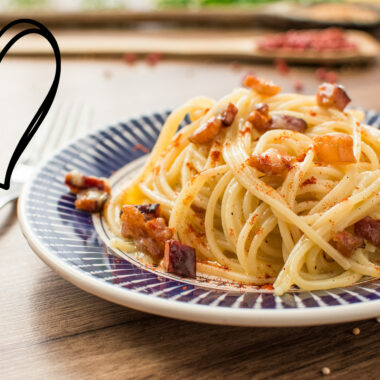


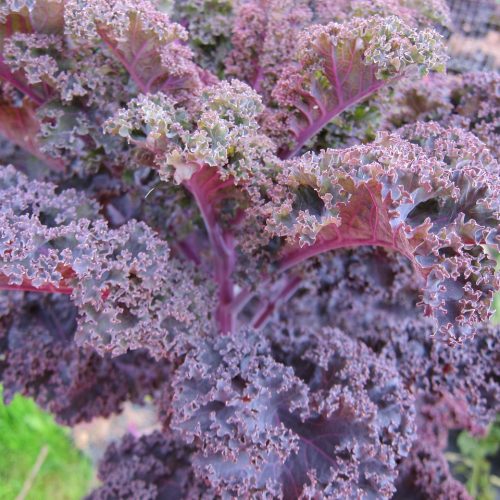
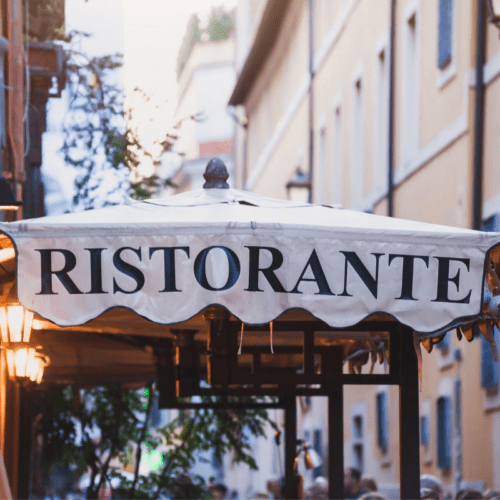
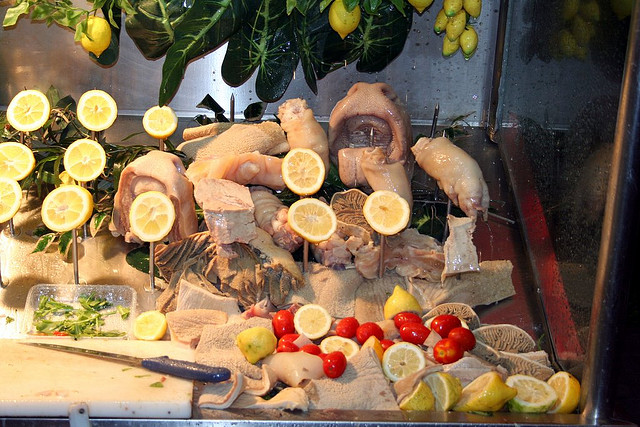
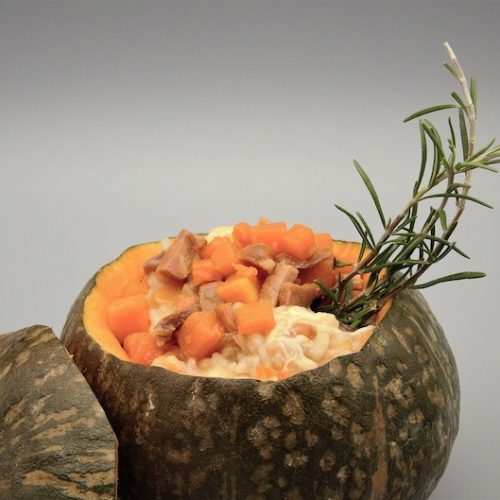
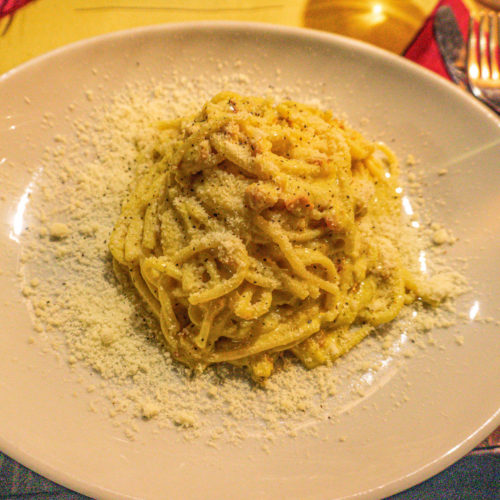

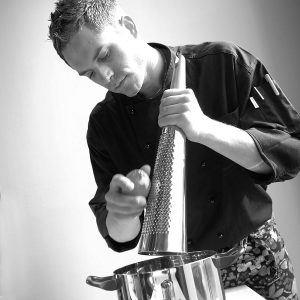
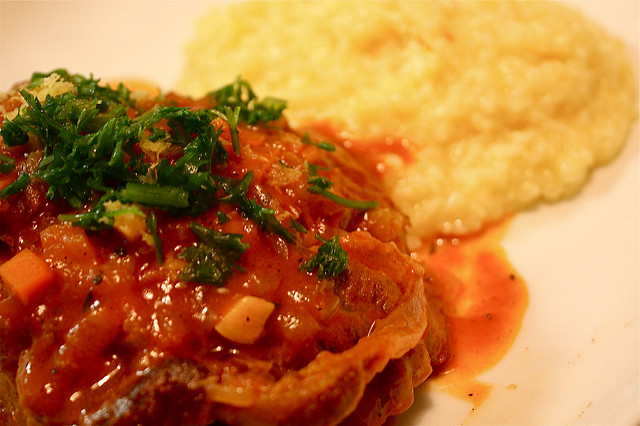
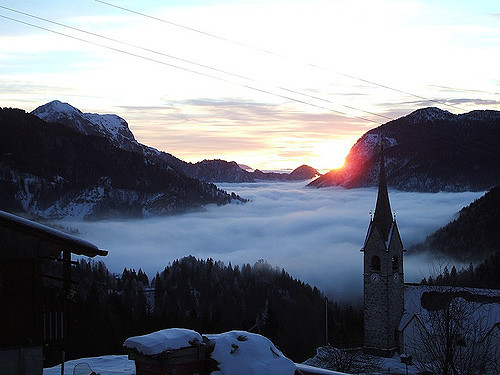
I am very surprised that you did not mention Easter Bread, popular all over southern Italy, especially, Puglia, a sweet leaved bread, with orange and anise, and often have eggs set not the dough before baking. Also ricotta pie. But I did learn from the choices you itemized and wrote so well about. Thank you. Giacomo